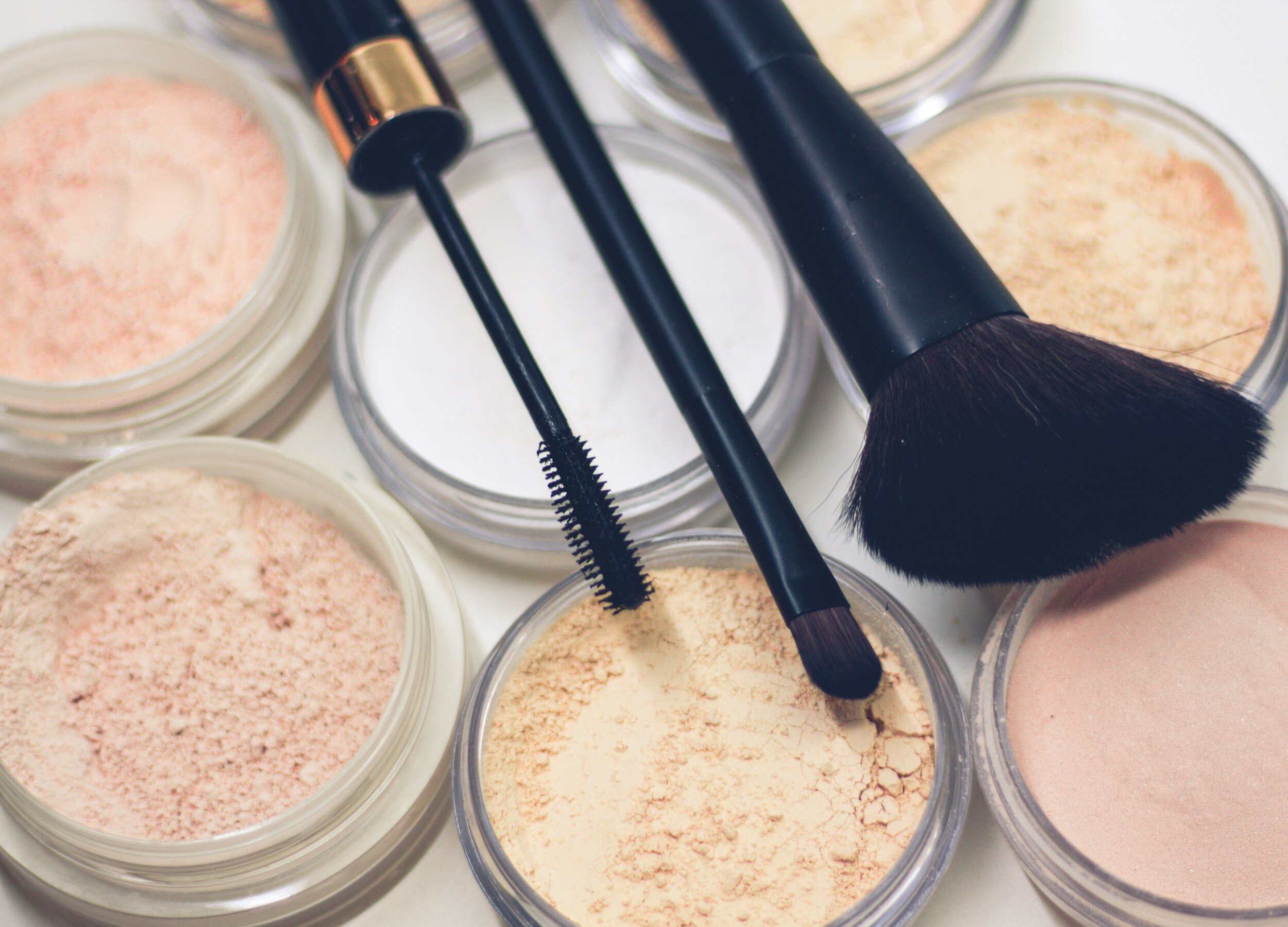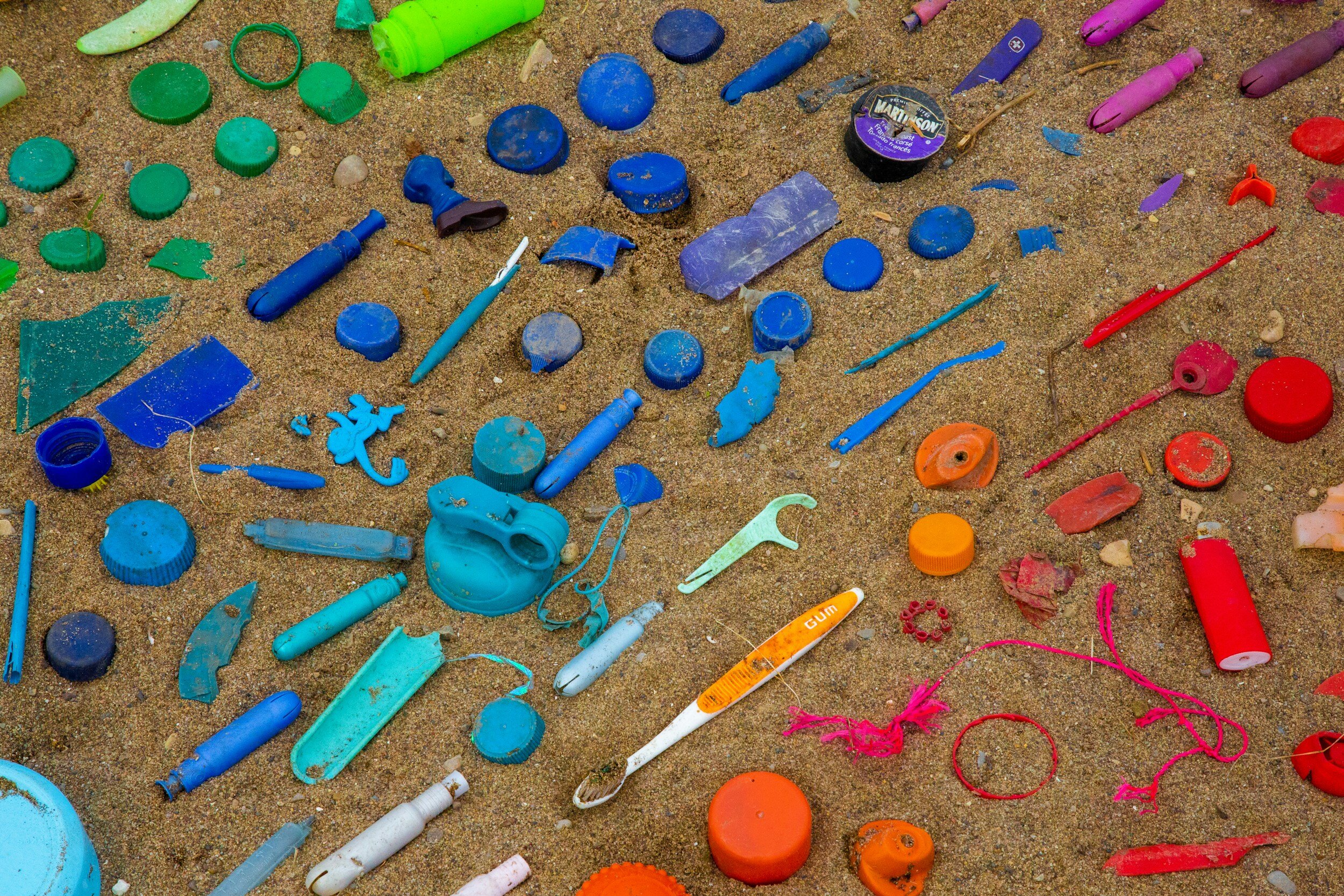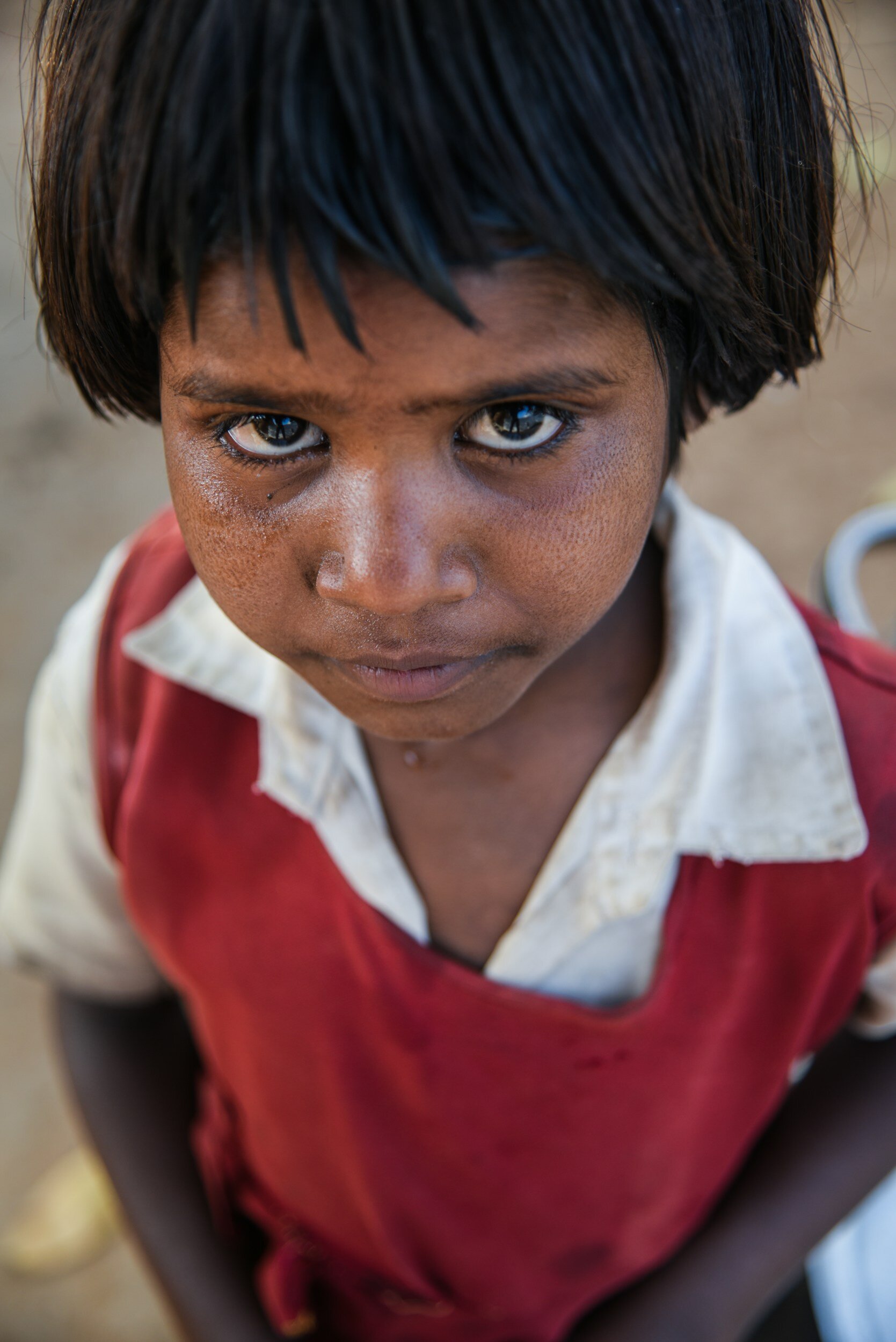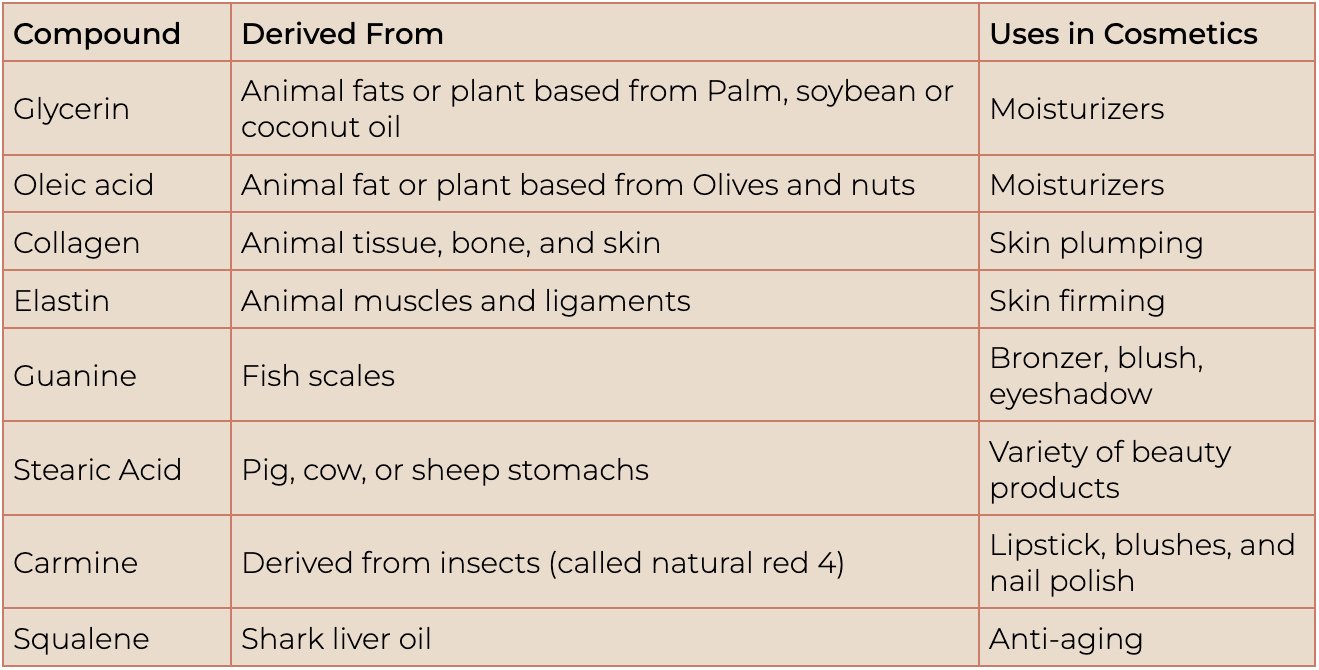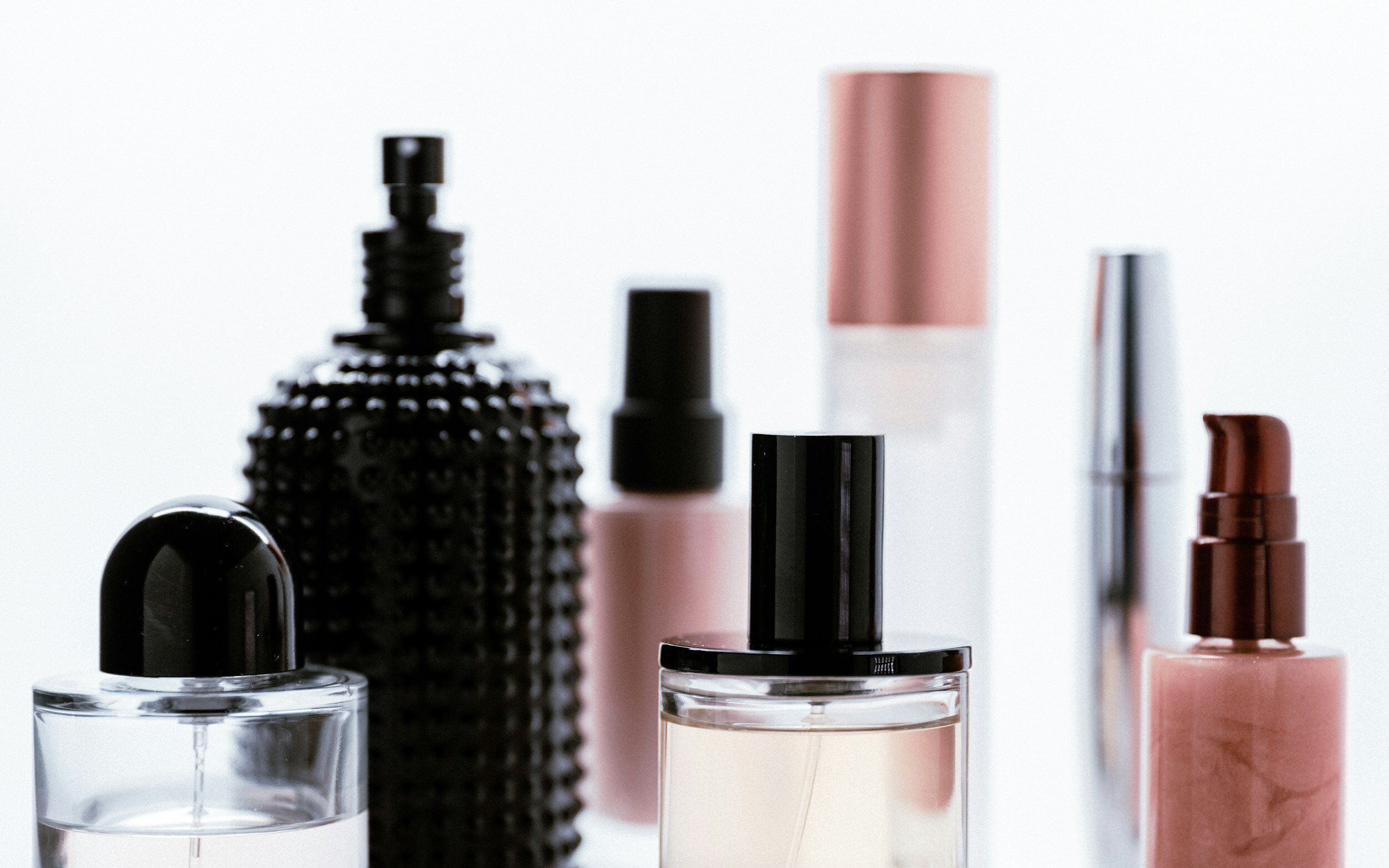The facts.
-
The Worldwide Beauty & Personal Care market is projected to generate US$646.20bn in revenue in 2024.
-
Personal Care is the almost 40% of the entire segment projected to generate US$282.80bn in 2024.
-
The average consumer spent $55 on skincare in 2020
The big picture.
It seems that cosmetics labelled as “sustainable” or “eco friendly” are everywhere! Unfortunately, greenwashing is also a major problem making it very hard to know who to trust. A 2020 publication from the British Beauty Council found that 1 in 5 people didn’t know how to check a product’s sustainability credentials and 1 in 3 people didn’t understand the ingredients in their products. At the same time, 41% of people feel guilty about the impact of the beauty industry on the environment.
There is good reason for us to be concerned. The beauty industry is putting large amounts of waste and plastic into the environment annually. It is estimated that the beauty industry is responsible for about 30% of the plastic waste in the world. This includes not only the packaging but also single-use items like cotton pads, makeup wipes, and disposable razors.
This puts us, as the customer in a dilemma, how can we make good choices in our beauty and personal care products? Let’s start by defining what we mean by eco friendly cosmetics or beauty products. The definition, according to Allbeauty.com, is, “Eco-friendly cosmetics are made from environmentally friendly formulations, followed by eco-conscious production practices and packaging methods.”
This refers specifically to the impact of these products on our world and the environment. This is not the same as being,
• Natural
• Organic
• Toxin Free (How clean are your beauty products?)
So what makes a beauty product unsustainable?
There are many parts of the chain, ranging from ingredients to manufacture to transport and post-consumer use that contribute to this problem. Some common ones are discussed below.
Waste and Pollution
The beauty industry goes all in on fancy packaging. After all, a beauty product must come in a beautiful package! This excess however results in 70% of the beauty industry’s waste. Every year, the cosmetics industry creates 120B units of packaging, resulting in 8M units of forests being lost every year.
Plastic continues to be an ongoing problem. Use of plastic ranges from small pump dispensers to microplastics used in formulations such as shaving creams, exfoliants, lipsticks and shower gels. In fact, plastics in ingredients are present at different percentages, ranging from less than 1% to more than 90% in some cases. For example, a typical exfoliating shower gel can contain roughly as much microplastic in the cosmetic formulation as is used to make the plastic packaging it comes.
Many brands have switched to glass bottles as an alternative to plastic, however, as a nation, we are terrible at recycling glass. Only ~4% of glass in the USA is successfully recycled.
Single use items and wipes are another large contributor this problem. Wipes harm the environment by filling landfills, leaching microplastics and contaminating our water supply.
Destruction of Natural Resources
Many ingredients in beauty products are harvested from natural resources, This has especially been the case as consumers have been demanding more natural ingredients (and less synthetic) in their products.
One such ingredient is Palm Oil is one of the biggest offenders. According to this Vox article, between 1995 and 2005, global palm oil production doubled. By 2015, it had almost doubled again. We currently produce 3x more Palm Oil than Olive Oil. Palm Oil and its derivatives are in as much as 70% of cosmetics and used as emollients. The result of this increase is deforestation and destruction of the natural habitat of thousands of animals in countries like Indonesia and Malaysia to allow for Palm oil production.
Another such ingredient is Collagen. The collagen craze has resulted in this market growing rapidly and is expected to be almost $8B by 2030, up from $4.7B in 2022. Since collagen is derived from cow and pig hides and bones, in order to meet this rising demand, farmers in the countries like Brazil and Argentina are clearing large areas of the amazon rainforest in order to make space for cattle farming. Many of these lands do not belong to the farmers but instead are lands stolen from indigenous people.
Child Labor
It is very likely that the beautiful eye shadows and products which promise shimmer or brightness likely contains Mica. This is a natural mineral which is primarily mined in India and Madagascar. These countries produce about 87% of the world’s mica and most of it is mined by children. The exact number of children employed is not clear since many mica mines are illegal but estimates put this around 22,000.
Stopchildlabor.org outlines that the working conditions are harsh and dangerous. Mining mica is a labor intensive process that requires going into narrow shafts that frequently collapse and trap children under the rocks. These children are forced to go into underground often in complete darkness. Additionally the environment is very dusty which leads to respiratory illnesses. These children also many times, use their bare hands to mine mica, which frequently results in cuts and skin infections.
Working in illegal mines puts children at risk of further problems such as physical abuse or modern slavery. ‘Young girls are also vulnerable to commercial sexual exploitation around mica mining sites’, US Department of Labor wrote in the Report on the Worst Forms of Child Labor.
To get paid, children need to fill in an entire basket with flakes of mica. That often requires them to spend a whole day in the mine, which means they do it instead of going to school. Growing up mining mica instead of getting an education traps children in a never-ending cycle of abuse and suffering and limits their future employment opportunities.
Synthetic Mica is now becoming available and is being adopted slowly. The Responsible Mica Initiative has also been started but it is often difficult for consumers to truly track the origins of mica in their products.
Animal Rights
Cosmetics and beauty products often contain animal byproducts and animal testing is still rampant, especially in China, where it is a prerequisite for sale.
Common animal byproducts are:
Some of these are being made synthetically (Squalene and collagen) while others may be substituted by a plant based version but consumer demand for “natural” makes this transition difficult.
The choices.
Life-focused
If your focus is on being kind to living things…
-
Buy vegan products which are not tested on animals.
-
Avoid products with Mica since it is hard to trace.
-
Remember that “Natural” isn’t always better
Earth-focused
If your focus is on the earth and environment…
-
Avoid packaging, try to refill bottles.
-
Reduce use of single use containers and makeup wipes
-
Learn about microplastic formulations — avoid glitter, microbeads etc
Holistic
If you are considering both a life and environmental focus…
-
Buy only what you need and don’t waste
-
Think about proper disposal after use.
-
Think about the latest trends critically.
-
Use less water in washing and rinsing your hair.

